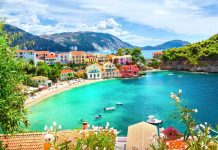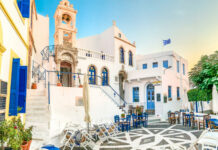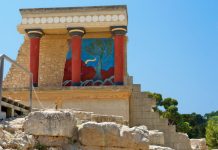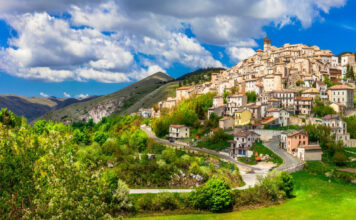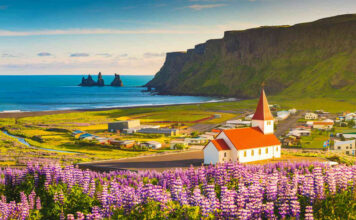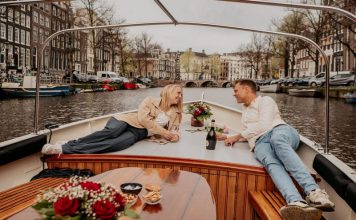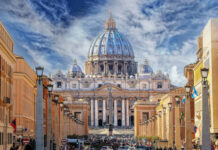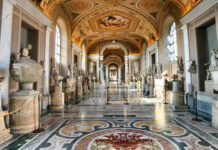The Island of the Winds
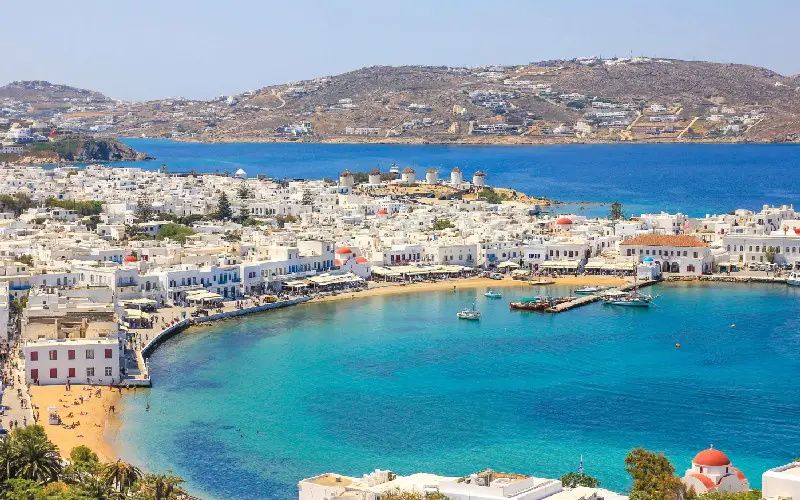
Mykonos is often referred to as the “Island of the Winds” due to the strong summer winds, known as the “meltemi,” that sweep across the Aegean Sea. These refreshing breezes provide relief from the summer heat and make Mykonos a popular destination for windsurfing and kiteboarding enthusiasts. While the winds can be intense at times, they also add to the island’s romantic atmosphere, with billowing sails dotting the horizon and waves crashing against the rocky coastline.
Birthplace of Apollo’s Son
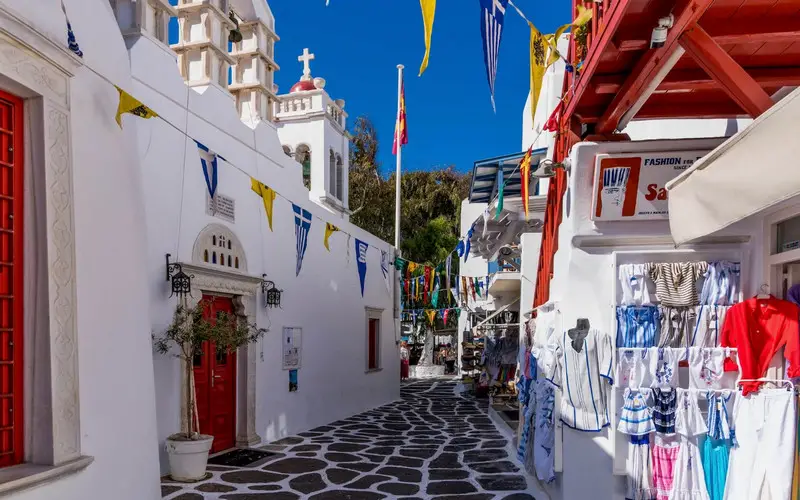
According to Greek mythology, Mykonos is said to be the birthplace of Apollo’s son, the mythical hero and god of light, music, and prophecy, named Aristaeus. Legend has it that Aristaeus was born to the nymph Cyrene after she was seduced by Apollo. As a tribute to his divine heritage, Aristaeus is said to have introduced the cultivation of olives and beekeeping to the island, contributing to its agricultural prosperity and culinary traditions.
Little Venice

One of the most iconic and picturesque neighborhoods in Mykonos is known as Little Venice, or “Alefkandra” in Greek. This charming waterfront district is characterized by its colorful 18th-century houses with wooden balconies that hang over the sea, reminiscent of the romantic canals of Venice. Today, Little Venice is a popular spot for visitors to admire the sunset, enjoy a meal or drink at one of the waterfront restaurants and bars, and capture stunning photos of the scenic coastline.
Pelicans of Mykonos
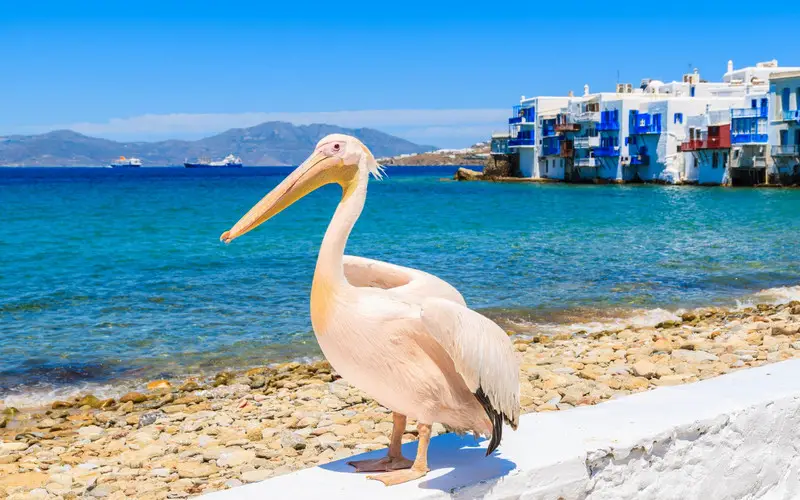
One of the most beloved and iconic symbols of Mykonos is the pelican, which has become synonymous with the island’s charm and hospitality. The story of the Mykonos pelicans dates back to the 1950s when a wounded pelican was found by a local fisherman and nursed back to health. Since then, the pelican has become a beloved mascot of the island, with several generations of pelicans being cared for by locals and visitors alike. Today, you can often spot these majestic birds strolling along the waterfront or posing for photos with tourists in Little Venice.
Archaeological Discoveries
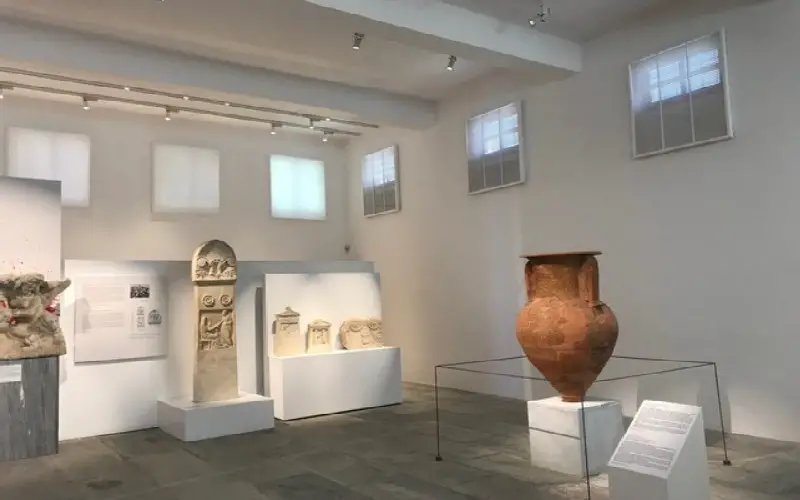
Mykonos boasts a rich archaeological heritage, with traces of ancient civilizations dating back thousands of years. Excavations on the island have uncovered evidence of settlements from the Neolithic period, as well as remnants of a Mycenaean settlement and a Hellenistic tower. One of the most significant archaeological sites on Mykonos is the nearby island of Delos, a UNESCO World Heritage Site and one of the most important religious and political centers of ancient Greece.
Windmills of Mykonos

One of the most iconic landmarks of Mykonos is its collection of traditional windmills, which dot the island’s landscape and serve as a symbol of its agricultural past. Built by Venetian settlers in the 16th century, these charming windmills were used to grind wheat and barley, harnessing the power of the strong Aegean winds. Today, many of the windmills have been restored and converted into museums, offering visitors a glimpse into Mykonos’ rich history and cultural heritage.




